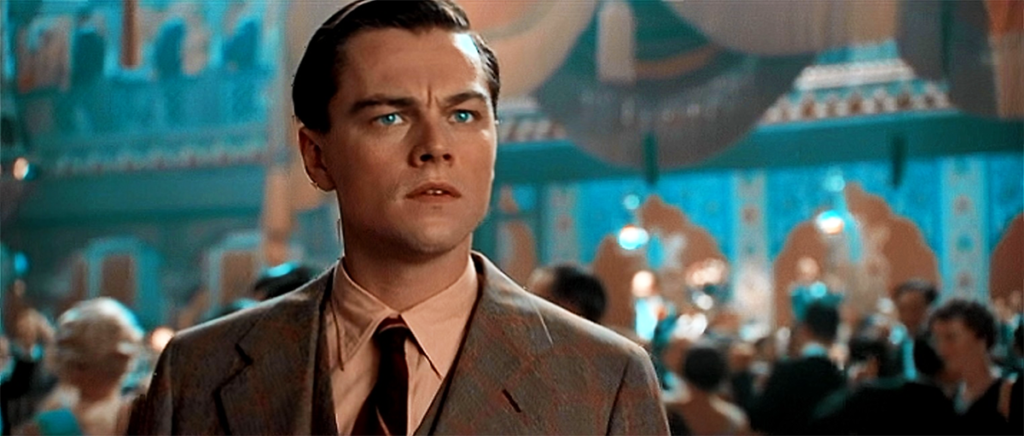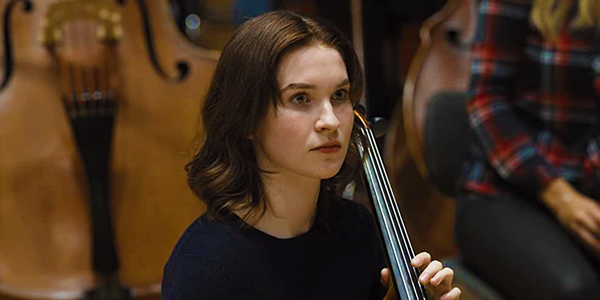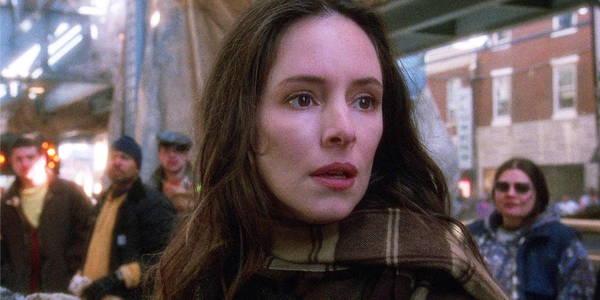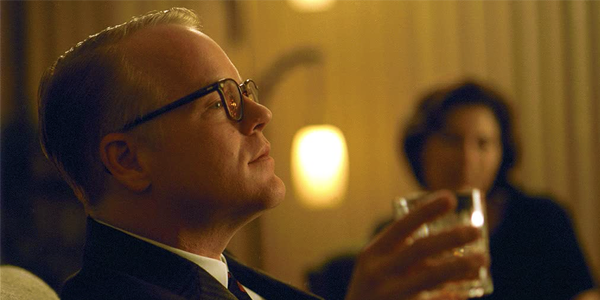
review | The Aviator
Scorsese’s best effort since Casino still holds up—if you peel away all the spectacle and just focus on the human drama
by Michael Gaughn
April 18, 2023
Let’s be honest—Martin Scorsese has been squeezing every last drop out of his reputation for a painfully long time. He hasn’t made a great film since 1995’s Casino, nor a good one since the 2004 effort under consideration here. Most of his late-period output has been at the level of Gangs of New York, Shutter Island, and The Wolf of Wall Street, movies that would be deplorable coming from any director, let alone Scorsese.
It’s not like his whole career hasn’t been littered with misfires—nobody can possibly justify the existence of 1985’s After Hours—but the problem became chronic with the rise of digital cinema, which Scorsese chose to commingle with an overly romantic fantasy of working within the old studio system, resulting in a long, long string of tepid, grating, overwrought works.
It’s not a hard and fast rule of thumb, but his films became rapidly less interesting the further he roamed from his Neo-Realist roots. Without that looseness of execution and core interest in human interaction, they quickly became mannered, almost mechanistic, to the point where you can almost hear them giving off a kind of clockwork whirr.
The Aviator is a bit of an exception, although it’s not entirely clear why. It can be engrossing when it’s not trying to be epic. Channel out all the pasteboard spectacle and it’s actually pretty compelling—but looking past the vast welter of misconceived, poorly executed, and often silly effects work can be daunting for even the most determined.
And the film manages to work despite some astonishingly bad casting. Gwen Stefani’s cameo as Jean Harlow is brief but she still manages to be a significant negative presence, and makes you wonder who owed who a favor. A far bigger problem is Cate Blanchett’s Katherine Hepburn. The vast gap between Blanchett and Hepburn’s physical presences serves as a constant reminder of how little the former resembles the latter, and makes Blanchett seem more caricature than character. Her only strong scene, as she tries to communicate with Hughes through the locked door to his screening room, works mainly because the lighting mercifully obscures her. Kate Beckinsale does an interesting turn as an Ava Gardner that has practically nothing to do with the real Gardner but she displays enough skill that you have to wonder what her career would have been like if she hadn’t so easily succumbed to portraying one-dimensional cartoon figures.
DiCaprio isn’t up to playing Hughes, but watching him struggle so hard to rise to the challenge is a large part of the film’s allure. The Aviator works, to the degree it does, because the core material and Scorsese’s fascination with the dichotomy between Hughes’s public persona and his dysfunction (which would eventually become his persona)—wedded with DiCaprio’s valiant effort to craft a character—bring a depth to the proceedings that would have been wholly absent if the film’s original director, Michael Mann, had been at the helm.
Once you start actively blocking out all the egregious digital set-pieces, you realize this is a pretty intimate, fairly nuanced, and surprisingly quiet film. It’s a shame no one will ever recut this thing into that movie because the result would be a work for the ages. What we have instead is a lumbering, overly long, effects-addled curiosity piece. And in that sense, it could be argued that The Aviator was well ahead of its time.
Robert Richardson’s cinematography is consistently strong, often inspired, and is still frequently surprising, although it’s hard to appreciate exactly what he accomplished here because it often finds itself butted up against all that inept digital showboating and suffers by the association. The sound is clean enough; the mix is sometimes fascinatingly complex, other times just pointlessly chaotic. And then there’s the typically meaningless score from Howard Shore.
One last dig at the effects, but it’s a point worth making. The showstopper moment is supposed to be Hughes’ crash landing in the middle of a Beverly Hills neighborhood. But the shots leading up to the crash are so smooth and stylized and quiet (since when have prop planes been quiet?) and so obviously matted that nothing about the crash feels real. The tiles peeling off the roofs of the homes look (and, oddly, sound) like a kid tossing around Legos. The flames could have come from a hand-tinted silent movie. The upshot is that there’s no sense of physical peril. So what was the point?
That kind of miscalculation is far from limited to The Aviator and has come to infect virtually every film made. Movies have become merely diverting because they lack the courage to engage. And our lazy embrace of digital effects, on both the production and audience sides, is largely responsible for that. Since supposedly cutting-edge effects start to look creaky pretty much the second they’re first deployed, we’re running the very real risk of the past three decades of mainstream filmmaking looking not just hokey but, with no other qualities to redeem them, being written off as a total loss.
In the ongoing crapshoot that is streaming on Prime, The Aviator is one of the winners. It doesn’t represent the ideal, and it’s far from the last word in resolution. You can sense what’s missing. But you don’t really miss it. Taking all the tradeoffs into account, it creates a satisfying experience. There’s some noise in blown-out areas, like you’d see in a Blu-ray-quality transfer on Kaleidescape. And it’s able to handle most of Scorsese’s signature fast pans and tracking shots without judder, breakup, or other obvious stumbles. (But the pan down from the ceiling in Juan Trippe’s office in the top of the Chrysler Building does fall apart badly. And the 360-degree track and pan of the frantic editing-suite activity during post production on Hell’s Angels proves to be a bridge too far.) There’s a nice amount of grain in evidence—which is worth savoring because odds are it would get damped down or scrubbed away completely in a 4K HDR release.
It’s all too easy to become blasé, but consider that for a moment. We are now in an age where you can readily stream Blu-ray-quality transfers—even 4K ones—without appreciable compromises. That’s not to say there aren’t bad apples out there—there are, a lot of them. But day by day, both the quality and quantity of higher-resolution streaming titles increases. We’re not far from the point when reference-quality streaming will be the expected norm.
And The Aviator on Prime is free.
Michael Gaughn—The Absolute Sound, The Perfect Vision, Wideband, Stereo Review, Sound & Vision, The Rayva Roundtable, marketing, product design, some theater designs, a couple TV shows, some commercials, and now this.
PICTURE | The Aviator on Prime doesn’t represent the ideal and is far from the last word in resolution, but once you take the tradeoffs into account, it offers a satisfying experience
SOUND | The sound is clean enough, with a mix that’s sometimes fascinatingly complex, other times just pointlessly chaotic
© 2025 Cineluxe LLC





